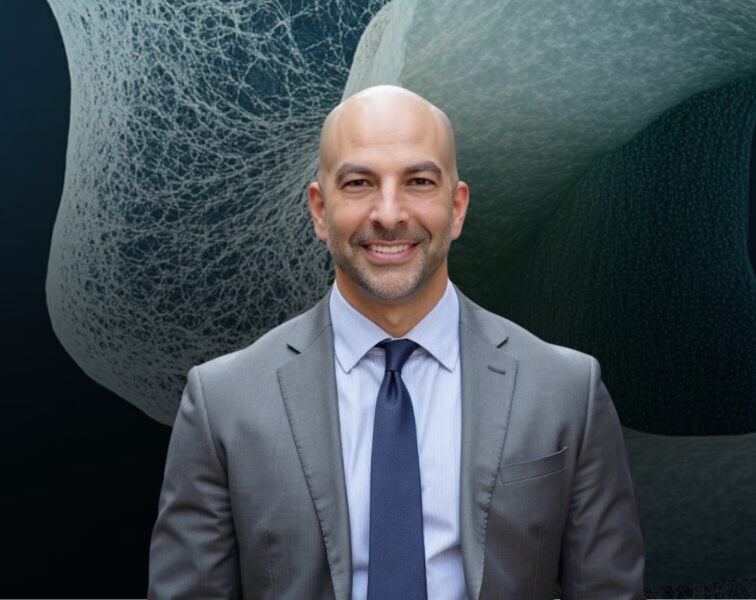In this episode, Rob Lustig — a researcher, an expert in fructose metabolism, and a former pediatric endocrinologist — discusses what’s wrong with the current food environment, and what we can do to reduce our chances of becoming part of the obesity, diabetes, metabolic syndrome, and nonalcoholic fatty liver disease (NAFLD) epidemics. Rob recently earned a Master of Studies in Law because he believes that educating people about sugar from a scientific standpoint is only half the equation: the other half involves changing policy, which he explains in this episode.
Subscribe on: APPLE PODCASTS | RSS | GOOGLE | OVERCAST | STITCHER
We discuss:
- What’s the difference between glucose and fructose? [7:00];
- Do we have biomarkers that can give us some indication of average exposure to fructose over a given period of time? [14:20];
- What’s the difference between ALT and AST? [18:45];
- Inflammation, endothelial function, and uric acid [21:30];
- Is there something that fructose does better than glucose? [23:45];
- For children that undergo a remarkable shift from metabolic health to metabolic derangement, is there a concern that these kids suffer an epigenetic hit that makes it harder for them later in life? [26:15];
- How many times do you have to introduce a savory food vs a sugary food to an infant before they will accept it? [29:30];
- How are alcohol and fructose similar in how they affect the brain? [33:51];
- Advice for parents and kids for creating a sustainable environment that’s going to prevent them from running into metabolic problems [40:30];
- Why do some populations have a higher risk of NAFLD? [45:42];
- What causes NAFLD? [48:45];
- Is insulin resistance the result of NAFLD or is NAFLD the result of insulin resistance? [56:00];
- HRV, cortisol, and norepinephrine [1:00:30];
- What are the actual mechanisms that links metabolic syndrome, insulin resistance, fatty liver, and type 2 diabetes? [1:03:00];
- Is the food industry still saying that all calories contribute equally to adiposity and insulin resistance? [1:09:00];
- What is the difference between soluble and insoluble fiber and why do you need both? [1:13:00];
- How can we change the food system when 10 companies control almost 90 percent of the Calories we consume in the US? [1:15:00]; and
- More.
Get Peter’s expertise in your inbox 100% free.
Sign up to receive An Introductory Guide to Longevity by Peter Attia, weekly longevity-focused articles, and new podcast announcements.
Would you like access to extensive show notes and references for this podcast (and more)?
Check out this post to see an example of what the substantial show notes look like. Become a member today to get access.

Robert Lustig, M.D., M.S.L.
Robert H. Lustig, M.D., M.S.L. is Professor emeritus of Pediatrics, Division of Endocrinology at the University of California, San Francisco (UCSF). He specializes in the field of neuroendocrinology, with an emphasis on the regulation of energy balance by the central nervous system. His research and clinical practice has focused on childhood obesity and diabetes. Dr. Lustig holds a Bachelor’s in Science from MIT, a Doctorate in Medicine from Cornell University. Medical College, and a Master’s of Studies in Law from U.C. Hastings College of the Law.
Dr. Lustig has fostered a global discussion of metabolic health and nutrition, exposing some of the leading myths that underlie the current pandemic of diet-related disease. He believes the food business, by pushing processed food loaded with sugar, has hacked our bodies and minds to pursue pleasure instead of happiness; fostering today’s epidemics of addiction and depression. Yet by focusing on real food, we can beat the odds against sugar, processed food, obesity, and disease. [robertlustig.com]



